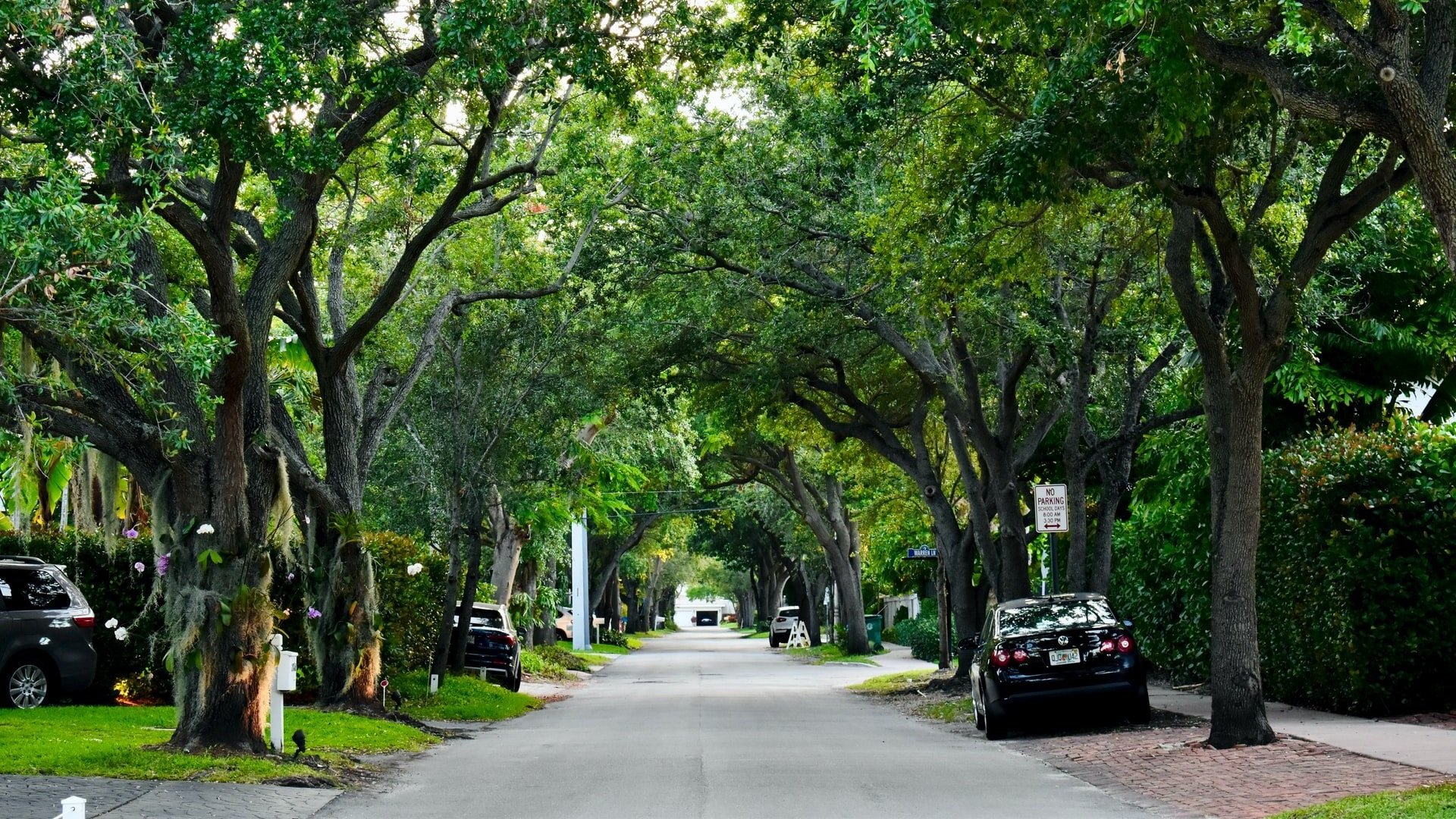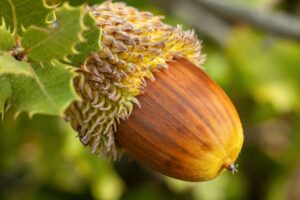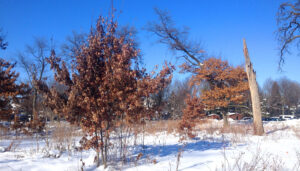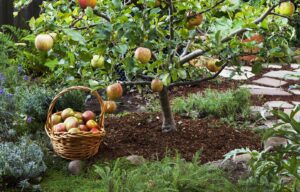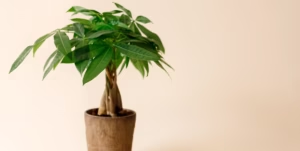Best 5 Trees for Sidewalks on US Road
Tree-lined sidewalks provide beauty, shade, and environmental benefits, but selecting the right trees is crucial to avoid issues like root damage to sidewalks or utility lines. The best trees for sidewalks in urban settings are those that balance aesthetics, low-maintenance care, and non-invasive root systems. In this guide, we’ll discuss the five best trees for sidewalks in the U.S., highlighting their pros, cons, and why they make excellent choices for urban environments.
1. Benefits of Sidewalk Trees
Sidewalk trees offer numerous benefits to cities and residents, including:
- Shade and Temperature Control: Trees reduce the heat island effect by shading sidewalks, making urban areas more comfortable, particularly in the summer.
- Aesthetic Appeal: Sidewalk trees add greenery and beauty to streetscapes, increasing property values and enhancing community spaces.
- Environmental Impact: Trees filter pollutants, provide oxygen, and help manage stormwater runoff, reducing strain on urban drainage systems.
- Habitat Creation: Trees provide shelter and food for wildlife, including birds and beneficial insects.
Despite these benefits, the wrong choice of tree can lead to cracked sidewalks, blocked views, and excessive maintenance. Therefore, choosing the right tree species is essential to minimize problems while maximizing the benefits.
2. Key Considerations for Selecting Sidewalk Trees
When selecting trees for sidewalks, several factors must be taken into account:
- Root Structure: Trees with deep or non-invasive roots are essential to avoid sidewalk damage.
- Canopy Size: Trees should have moderate canopies to provide shade without obstructing buildings, power lines, or views.
- Drought Tolerance: Trees must thrive in confined spaces with limited water, as urban environments often have reduced access to natural water sources.
- Pest and Disease Resistance: Select trees that are resilient to pests and diseases common in urban areas.
- Growth Rate: Consider trees with moderate to slow growth rates to ensure longevity and reduce the need for frequent maintenance.
3. The Best 5 Trees for Sidewalks
Below are the top five trees that are ideal for sidewalks, highlighting their pros and cons, and explaining why they work well in urban settings.
1. Japanese Lilac Tree (Syringa reticulata)
The Japanese Lilac Tree is a small to medium-sized tree that thrives in urban environments. It’s especially popular for sidewalks due to its compact size and beautiful, fragrant flowers.
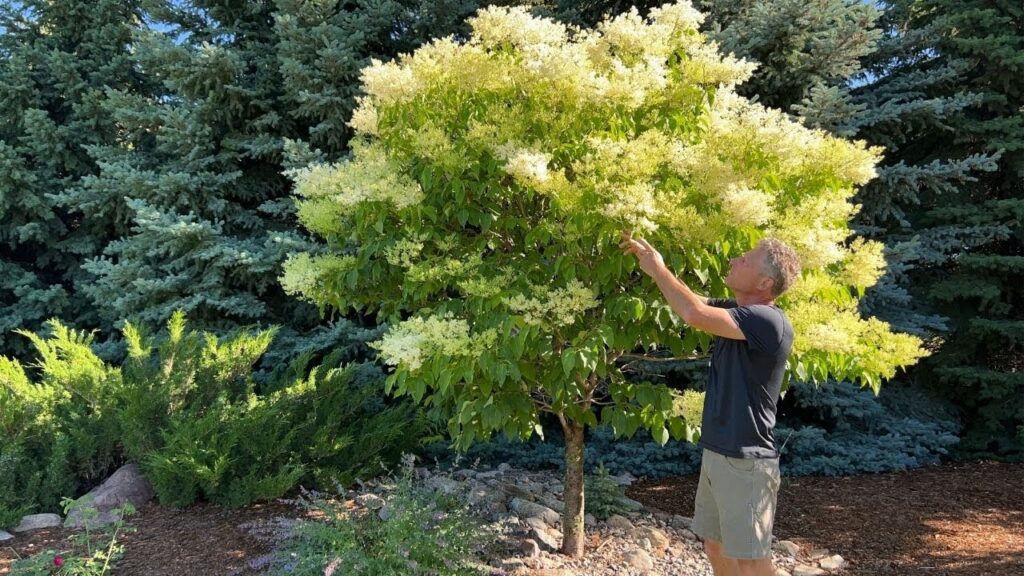
Pros:
- Non-invasive root system: Japanese Lilac Trees have roots that grow down rather than out, reducing the risk of sidewalk damage.
- Compact size: With a mature height of 20–30 feet, this tree is perfect for tight spaces along sidewalks without overcrowding.
- Attractive flowers: In late spring or early summer, the tree produces large clusters of creamy white flowers that add aesthetic appeal.
Cons:
- Limited shade: Due to its smaller size, the Japanese Lilac Tree provides less shade than larger species.
- Moderate growth rate: It takes a few years to reach its full height, so it’s not ideal for those seeking immediate coverage.
Why it’s ideal for sidewalks: Its non-invasive root system and compact size make the Japanese Lilac Tree an excellent choice for urban areas, especially where space is limited.
2. Red Maple (Acer rubrum)
The Red Maple is one of the most popular and adaptable trees in the U.S., known for its brilliant fall colors and ability to thrive in various soil conditions. It’s a good option for wide sidewalks and parkways.
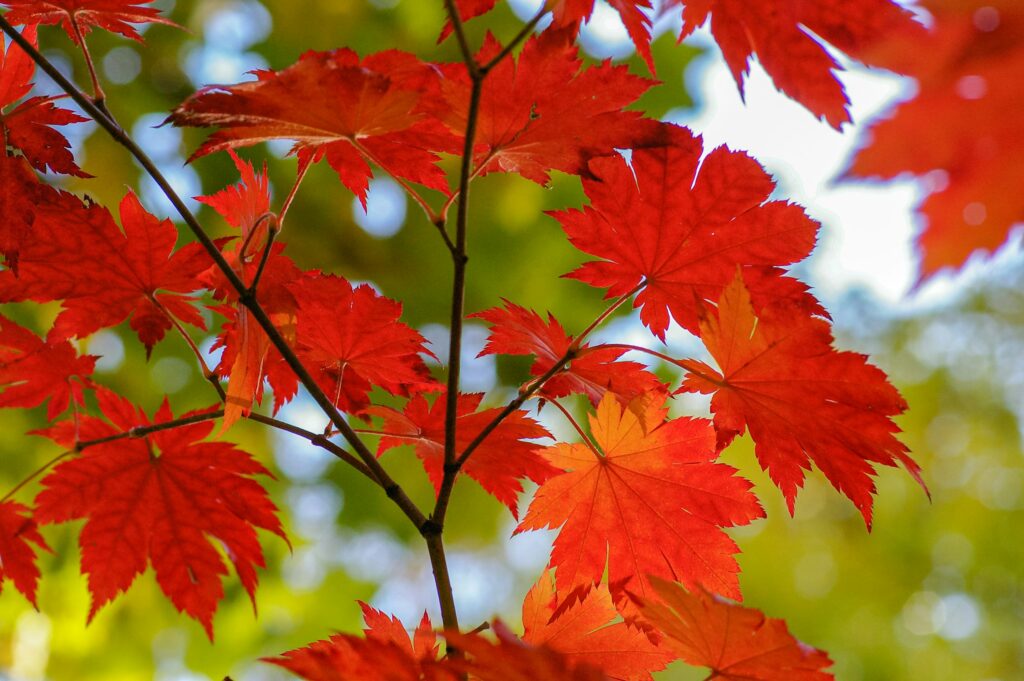
Pros:
- Fast growth: Red Maples grow quickly, providing shade and coverage in just a few years.
- Stunning fall foliage: The leaves turn vibrant shades of red, orange, and yellow, adding seasonal beauty to sidewalks.
- Tolerant of urban conditions: Red Maples are hardy trees that tolerate pollution, poor soil, and various climates.
Cons:
- Shallow roots: Red Maples have surface roots that can damage sidewalks if not carefully managed.
- Susceptible to disease: These trees are prone to pests and diseases like leaf spots and tar spot fungus.
Why it’s ideal for sidewalks: While Red Maples require monitoring for root growth, their quick growth, tolerance for urban stressors, and colorful foliage make them a great addition to wide sidewalks.
3. Serviceberry (Amelanchier spp.)
The Serviceberry is a small deciduous tree that provides multi-season interest, with beautiful spring flowers, summer berries, and stunning fall foliage. It’s perfect for urban areas where aesthetic appeal is important.
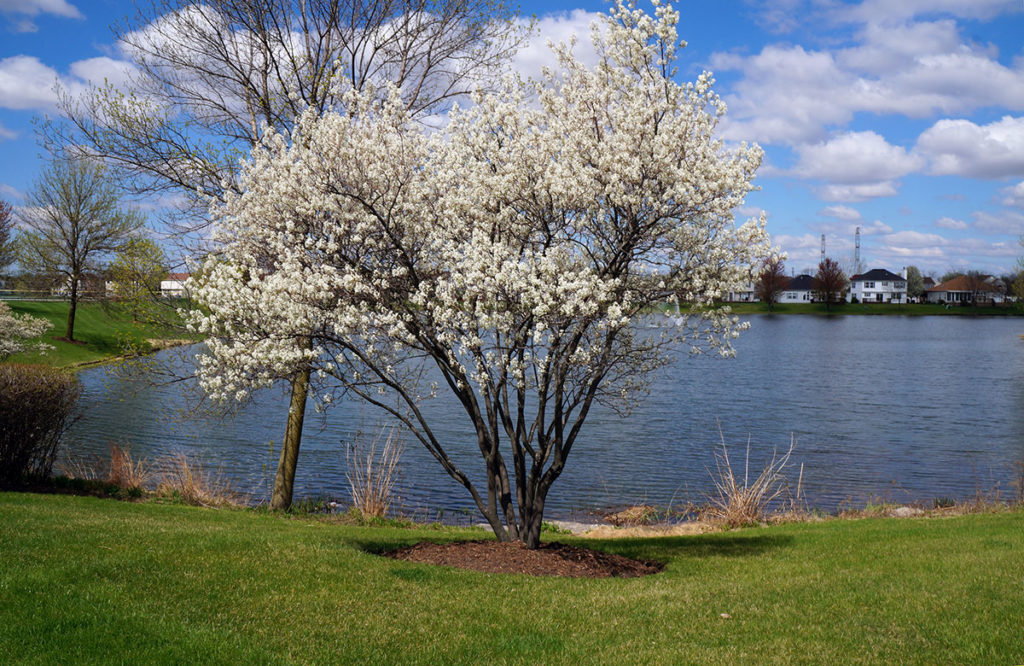
Pros:
- Multi-season beauty: Serviceberries offer white flowers in spring, edible berries in summer, and orange-red foliage in fall.
- Wildlife-friendly: The berries attract birds and pollinators, enhancing urban biodiversity.
- Compact size: Growing to a height of 15–25 feet, it fits well in small spaces without overwhelming sidewalks.
Cons:
- Limited shade: Like the Japanese Lilac Tree, the Serviceberry provides only moderate shade due to its size.
- Moderate lifespan: Serviceberries have a shorter lifespan compared to other tree species, typically living 30–40 years.
Why it’s ideal for sidewalks: The Serviceberry’s compact size, decorative flowers, and minimal root interference make it an excellent choice for adding beauty to city streets without damaging sidewalks.
4. Ginkgo Biloba
The Ginkgo Biloba is a prehistoric tree species known for its resilience and unique, fan-shaped leaves. It’s one of the toughest urban trees, able to withstand pollution, poor soil, and drought.
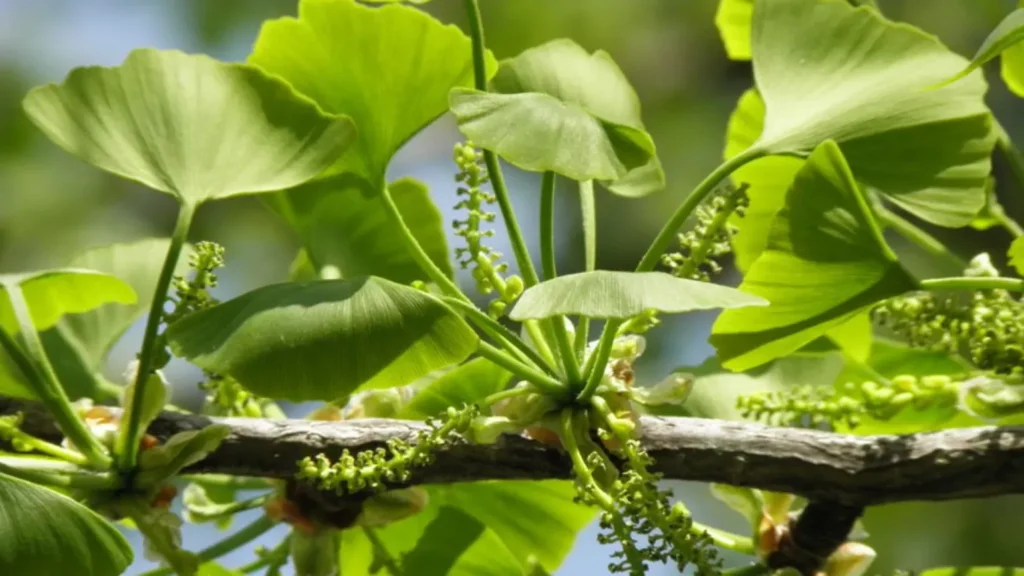
Pros:
- Incredible resilience: Ginkgo trees are highly resistant to pests, diseases, and pollution, making them ideal for urban settings.
- Beautiful foliage: The fan-shaped leaves turn a striking golden yellow in the fall.
- Non-invasive roots: Ginkgo trees have a deep root system that minimizes the risk of sidewalk damage.
Cons:
- Messy fruit: Female Ginkgo trees produce foul-smelling fruit. However, male cultivars are available that do not produce fruit.
- Slow growth: Ginkgo trees grow slowly, taking years to mature and provide shade.
Why it’s ideal for sidewalks: The Ginkgo Biloba’s non-invasive roots and ability to thrive in polluted environments make it a top choice for urban sidewalks, especially when selecting a male cultivar to avoid fruit-related mess.
5. Honeylocust (Gleditsia triacanthos)
The Honeylocust is a medium to large tree known for its feathery, filtered shade and ability to thrive in urban conditions. It’s commonly used in city streets and parks due to its adaptability.
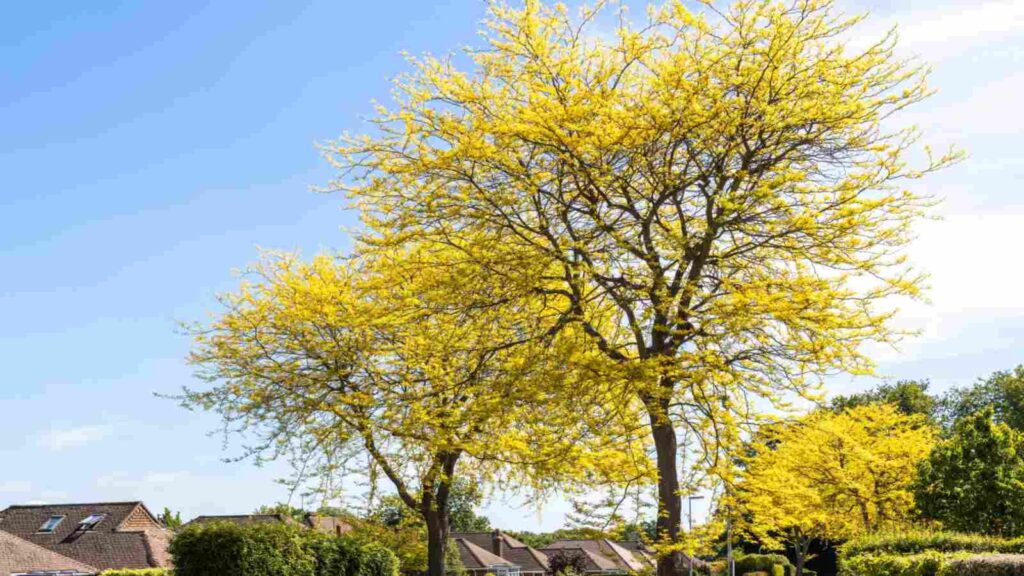
Pros:
- Filtered shade: The Honeylocust’s small leaves provide dappled shade, allowing sunlight to pass through while still offering cooling benefits.
- Drought tolerance: This tree is highly tolerant of drought and poor soil conditions, ideal for urban environments.
- Non-invasive roots: Honeylocust trees have deep roots that don’t disrupt sidewalks.
Cons:
- Messy seed pods: Some varieties of Honeylocust produce seed pods that can litter sidewalks in the fall, though podless cultivars are available.
- Moderate maintenance: The small leaves may require frequent cleanup to avoid clogging storm drains.
Why it’s ideal for sidewalks: The Honeylocust’s filtered shade, tolerance of urban conditions, and deep root system make it a popular choice for sidewalks, especially in larger spaces.
4. Comparative Table of Sidewalk Trees
The following table compares key features of the top five trees for sidewalks, including size, shade level, and root behavior.
| Tree | Height | Root System | Shade | Growth Rate | Unique Feature |
|---|---|---|---|---|---|
| Japanese Lilac Tree | 20–30 feet | Non-invasive | Moderate | Moderate | Fragrant white flowers |
| Red Maple | 40–60 feet | Shallow roots | Dense | Fast | Vibrant fall color |
| Serviceberry | 15–25 feet | Non-invasive | Light to moderate | Moderate | Edible berries, fall foliage |
| Ginkgo Biloba | 40–50 feet | Deep roots | Moderate | Slow | Unique fan-shaped leaves |
| Honeylocust | 30–70 feet | Deep roots | Filtered | Moderate to fast | Drought tolerant |
US Road, best 5 trees for sidewalks
Choosing the best trees for sidewalks is essential to creating sustainable, green, and walkable urban environments. Each of the five trees mentioned—Japanese Lilac Tree, Red Maple, Serviceberry, Ginkgo Biloba, and Honeylocust—has its unique advantages, making them excellent options for different sidewalk scenarios.
When selecting sidewalk trees, always consider root systems, canopy size,
and tolerance to urban conditions. With the right choices, you can beautify streetscapes, provide shade, and improve the quality of life for both pedestrians and local wildlife without the risk of damaging vital infrastructure.
By integrating trees thoughtfully into urban planning, we can create greener, more sustainable cities while minimizing potential challenges like sidewalk damage or utility interference.
